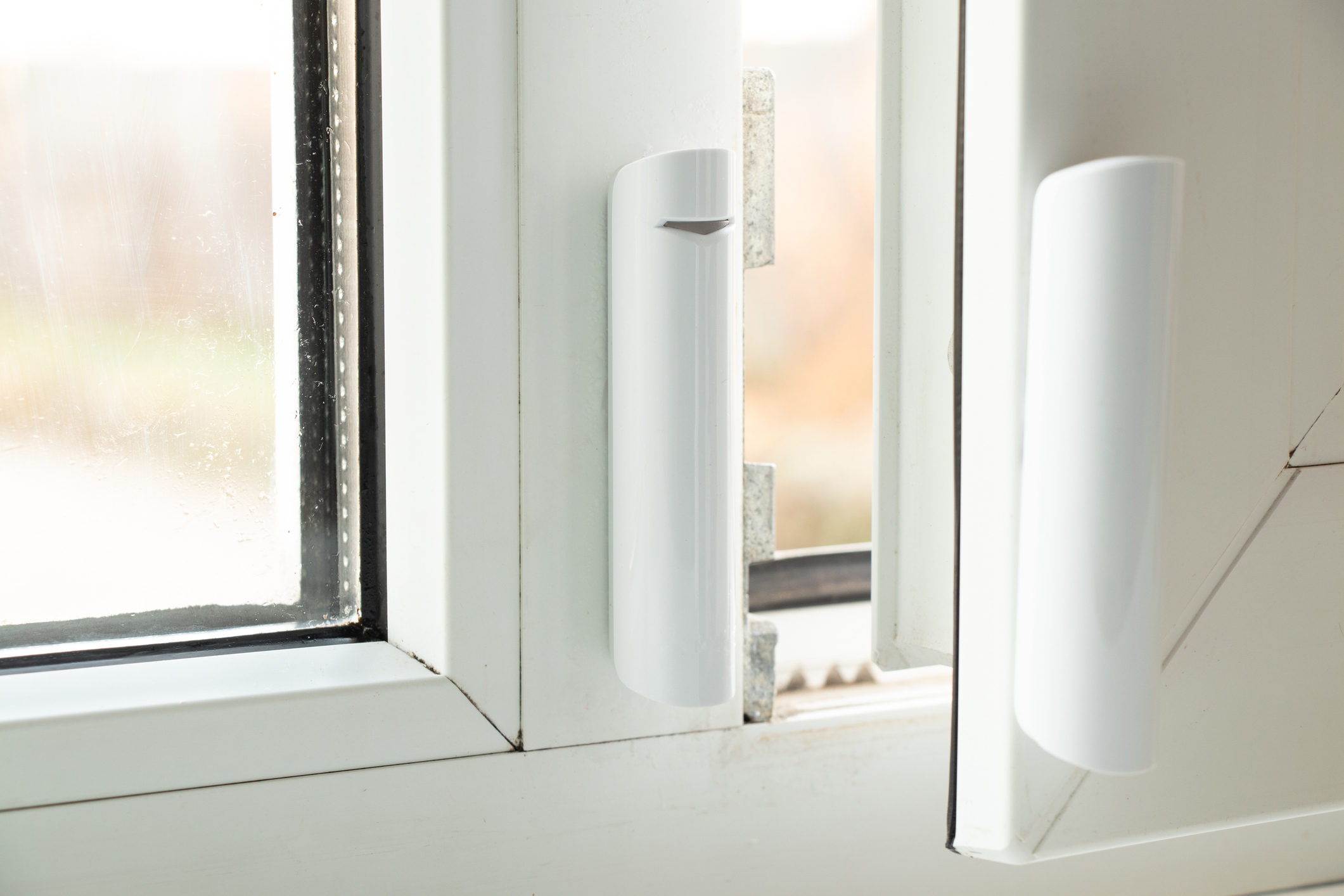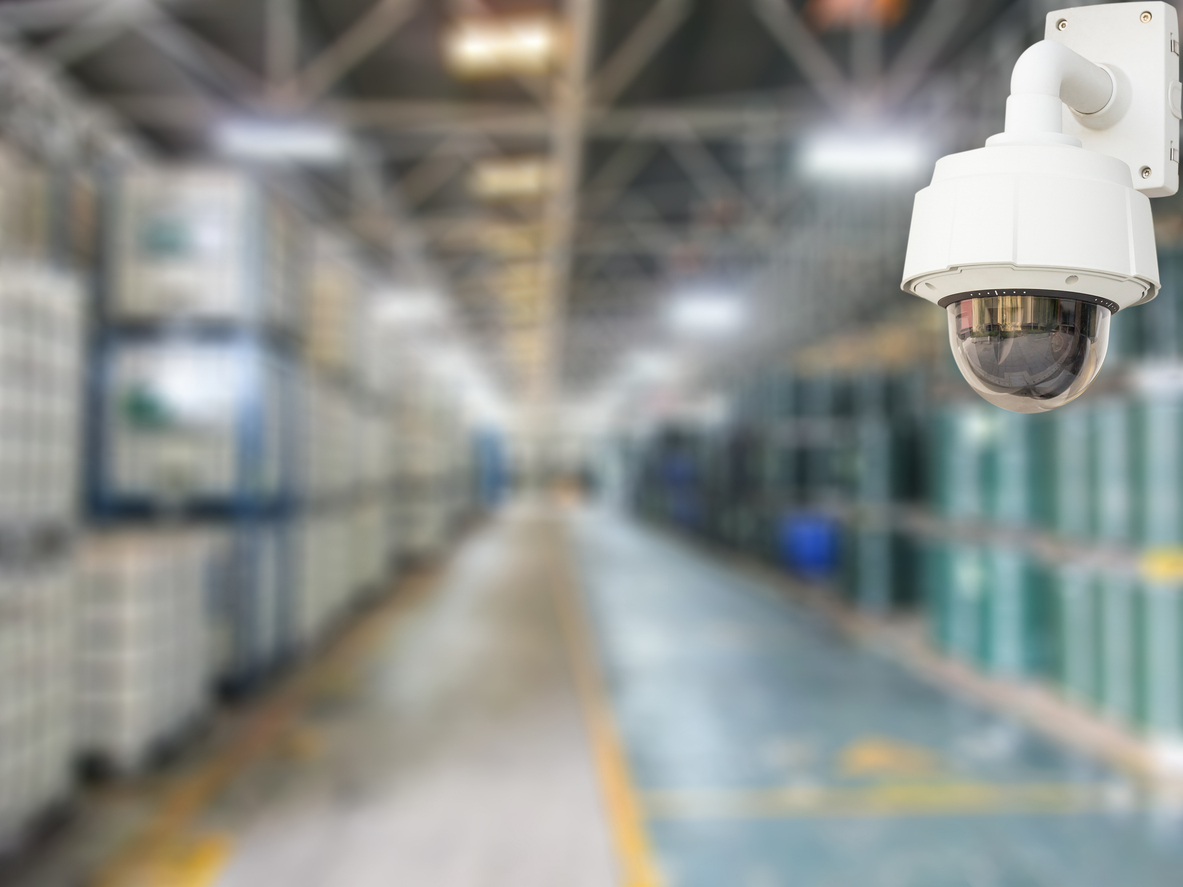Most homeowners prioritize home security, but what happens when you already have equipment and want to switch providers?
Many wonder if they can have their existing security system equipment monitored. The good news is that, in many cases, the answer is yes. This flexibility allows homeowners to maintain their current setup while upgrading their monitoring services, saving both time and money.
Understanding the compatibility of existing equipment with new monitoring services is important and requires a professional assessment. Let us help you explore the options available for alarm monitoring with existing equipment, the steps to convert your system, and the benefits of monitored systems.
Understanding Your Current Security System
Home security systems fall into two categories: monitored and unmonitored.
Professional security companies actively watch monitored systems, while unmonitored systems rely on the homeowner for surveillance. Both types share components, including control panels, motion sensors, door and window sensors, glass-break detectors, and smoke alarms.
Unmonitored systems allow homeowners to watch live camera feeds on their devices, providing a do-it-yourself approach to security. While these systems are less expensive, they require the homeowner to respond to alerts and contact authorities if needed.
Monitored systems notify security teams and emergency responders when alarms are triggered. These systems offer comprehensive protection but, due to the monitoring service, come with higher costs.
Here’s a simple breakdown of the components of your current system:
- Sensors. These are the eyes and ears of your security system. They include door and window sensors that detect opening and closing, motion detectors that sense movement, and glass break detectors that recognize the sound frequency of breaking glass. Some systems also include environmental sensors for smoke, carbon monoxide, or water leaks.
- Cameras. Security cameras provide visual monitoring of your property. They can be indoor or outdoor, wired or wireless, doorbell cameras, night vision, two-way audio, or pan-tilt-zoom functionality.
- Alarms. These are your system’s audible deterrents. When triggered, they emit loud sounds to alert you and potentially scare off intruders. Modern systems may also send silent alerts to your phone or the monitoring center.
- Control panel. This is the brain of your security system. It processes information from all sensors and cameras, allows you to arm or disarm the system, and communicates with the monitoring service. Newer panels often include touchscreens and can be accessed remotely via smartphone apps.
- Communication devices. These components allow your system to send alerts to the monitoring center. They use your landline, cellular networks, or internet connectivity.
Understanding these differences is key when considering whether existing equipment can be integrated into a new monitoring service.
Compatibility of Existing Equipment with New Monitoring Services
When considering alarm monitoring with existing equipment, compatibility is the primary concern. This depends on several factors:
- Age and technology of your system. Newer systems (less than 10 years old) are more likely to be compatible with current monitoring services.
- Communication protocols. If your sensors use standard wireless protocols like Z-Wave or Zigbee, they’re likely to work with new systems. Similarly, hardwired sensors can be integrated with the right interfaces.
- Brand and model. Some brands are more open to third-party monitoring than others. Proprietary systems may pose challenges.
Here are some examples:
- Compatible scenario. You have a relatively recent system with standard wireless sensors and a functional control panel. In this case, a new monitoring service might only need to replace the communication module to start monitoring your existing equipment.
- Partial compatibility. Your sensors are compatible, but the control panel is outdated. A new service might be able to use your existing sensors with a new control panel.
- Incompatible scenario. You have a very old, proprietary system with custom communication protocols. In this case, you might need to replace most or all of your equipment.
Even if your existing equipment is technically compatible, there may be limitations. For instance, you might be unable to access the latest features or integrate with smart home devices using older equipment.
Advantages and Disadvantages of Reusing Existing Equipment
Monitored security systems offer numerous advantages for homeowners. They provide enhanced protection, with professional monitoring teams ready to respond to alerts 24/7. This constant vigilance leads to quicker emergency response times, minimizing damage and losses.
When weighing the pros and cons of reusing your current setup, consider cost, security effectiveness, and long-term value.
Advantages
- Cost Savings. Reusing existing equipment significantly reduces upfront costs for a new monitoring service. This is particularly beneficial for homeowners looking to enhance their security without a substantial initial investment.
- Environmental Benefits. Extending the life of your current equipment reduces electronic waste, making it an eco-friendly choice.
- Familiarity. You already know how to use your existing equipment, reducing the learning curve of adopting a new system.
- Minimal Disruption. Reusing equipment often means less installation work and disruption to your home, as much of the infrastructure is already in place.
- Enhanced Protection. Monitored security systems, whether using new or existing equipment, provide professional monitoring 24/7.
Disadvantages
- Limited Features. Older equipment may not support the latest security technologies or smart home integrations, limiting your system’s functionality.
- Reliability Issues. Aging equipment is more prone to failures or false alarms, compromising your security system’s effectiveness.
- Compatibility Challenges. Some features of your new monitoring service may not work with older equipment, limiting your system’s overall capabilities.
- Future Upgrades. You may still need to upgrade your security system, which could lead to additional costs in the near future.
- Ongoing Costs. While reusing equipment can save on upfront costs, it’s important to consider the ongoing expenses of monitored systems. Monthly monitoring fees can vary.
- Contract Commitments. Homeowners should be aware of potential long-term contracts. These commitments could limit their flexibility if they’re not satisfied with the service or if their needs change.
By carefully evaluating these factors, you can determine whether alarm monitoring with existing equipment is the right choice for your home security needs.
A professional security assessment can provide valuable insights into the compatibility and effectiveness of your current equipment with new monitoring services.
Questions to Ask Potential New Providers
When exploring alarm monitoring with existing equipment, ask potential providers these questions:
- Can you work with my existing equipment? Which specific components are compatible?
- What are your monitoring capabilities for my current system? Are there any limitations?
- Are there any upfront costs associated with integrating my existing equipment?
- Will I need any immediate upgrades to use your full range of services?
- Do you offer any special packages or discounts for customers bringing their own equipment?
- How does using existing equipment affect my warranty or service agreement?
- Can you provide references from other customers who have used your services with existing equipment?
- What’s your process for assessing and integrating existing equipment?
- How do you ensure the reliability and performance of older equipment?
- What options do I have for gradually upgrading my system over time?
These questions will help you understand the feasibility and implications of monitoring your existing security system equipment by a new provider.
Talk to Fluent Today
If you’re considering having your existing security system equipment monitored, Fluent has the answers you need.
Our security experts specialize in alarm monitoring with existing equipment and can assess your current setup. We’ll help you understand your options, whether integrating your existing equipment with our state-of-the-art monitoring services or recommending cost-effective upgrades to enhance your home security.
Contact Fluent today for a personalized consultation and take the first step towards optimizing your home security without unnecessary expenses.


